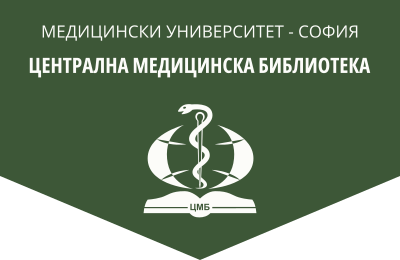The path from discovery to elimination of hepatitis C virus
General Medicine, 2023, 25(6), 42-47.
R. Komitova1, V. Rangelova2
1 Department of Infectious Diseases, Parasitology, and Tropical Medicine, Faculty of Medicine, MU ‒ Plovdiv
2 Department of Epidemiology and Disaster Medicine, Faculty of Public Health, MU ‒ Plovdiv
Abstract. The 2020 Nobel Prize in Physiology or Medicine was awarded to three scientists, Harvey Alter, Michael Houghton, and Charles Rice, for the joint discovery of the hepatitis C virus (HCV). This remarkable achievement is a breakthrough in the fight against hepatitis C. Most importantly, their pioneering develop- ments have saved millions of lives, acting as the basis for sensitive blood tests and effective antiviral drugs. The advent of direct-acting antiviral agents revolutionized antiviral treatment, leading to viral eradication in more than 95% of infected patients. HCV became the first curable chronic viral infection. Control of HCV infection will likely require a combination of global mass screening to identify and treat the infected, and prevention and harm reduction strategies for the uninfected and at risk. This brief overview traces the path of breakthrough research in the history of HCV over the past 50 years, transforming it from a life-threatening disease to an easily curable one.
Key words: hepatitis C virus, direct-acting antivirals, elimination
Address for correspondence: Prof. Radka Komitova, PhD, e-mail: radka.komitova@yahoo.com
